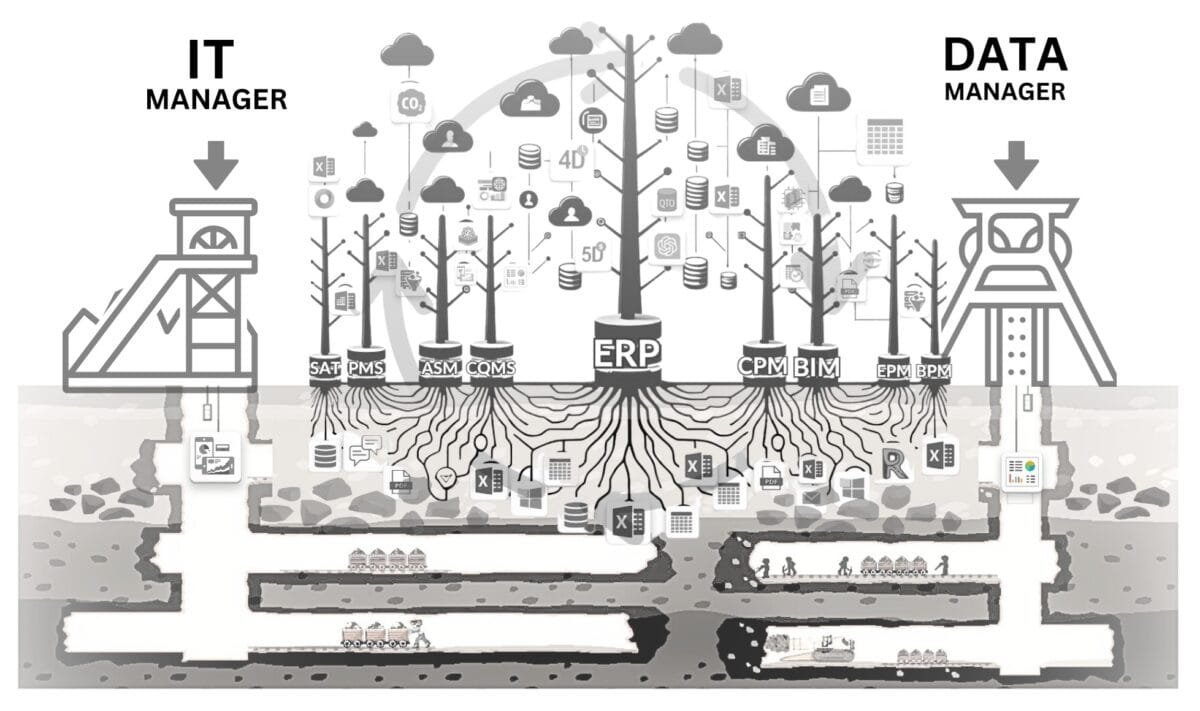Data-driven decision-making starts with data collection, which is like picking up fallen branches and trees. Falling to the bottom of the repositories these data are gradually organized and prepared for use, similar to the way mycelium processes wood into compost. This prepared and properly decomposed data becomes a valuable resource for analysis and informed decision-making.
Data analysis, similar to the spreading of mycelium, penetrates through the humus of past decisions, guiding managers to valuable insights. These insights, like nutrients from a decomposed tree, nourish new decision-making in the company, leading to effective change and growth, like new shoots and sprouts emerging from rich and healthy soil.

Data analysis and analytics is the primary tool for increasing the speed of decision making in a company
Today, at a time of explosive growth in data volume - the process of extracting and analyzing data from the humus of past projects is mostly handled by large and advanced companies that have been collecting data for the past decades.
Even in such companies that employ data engineers and data analysts today, this work of extracting and preparing data for analytics and insights resembles an extremely labor-intensive process comparable to the extraction of coal (petrified trees) by miners in the 18th century. While data mining in today's construction industry is not as primal as that of 12th century ore miners, it is still an extremely complex and risky task.

Adapting to modern systems, IT and data managers must travel a complex path to mine and process data.
Data mining and data preparation work today is more for adventurous people working in a highly specialized niche with a small and limited set of tools to handle different types of data from semi-structured, proprietary, mixed or closed source data. As a result, data-driven decision-making in today's construction industry feels less like an automated process and more like a manual, multi-day quest.
In the previous chapters, we have discussed in detail the data collection and data quality control processes for use in popular business cases and processes that companies in the construction industry work with. Analytics is not much different from other processes in this regard, but it still has its own unique features.
Executives and decision-making managers do not always have the expertise to handle heterogeneous data, yet they need to make decisions based on that data.
For analytics and analysis processes, a key step is data visualization. This step allows for visualization of information, which is critical to extracting valuable analytical insights.

















